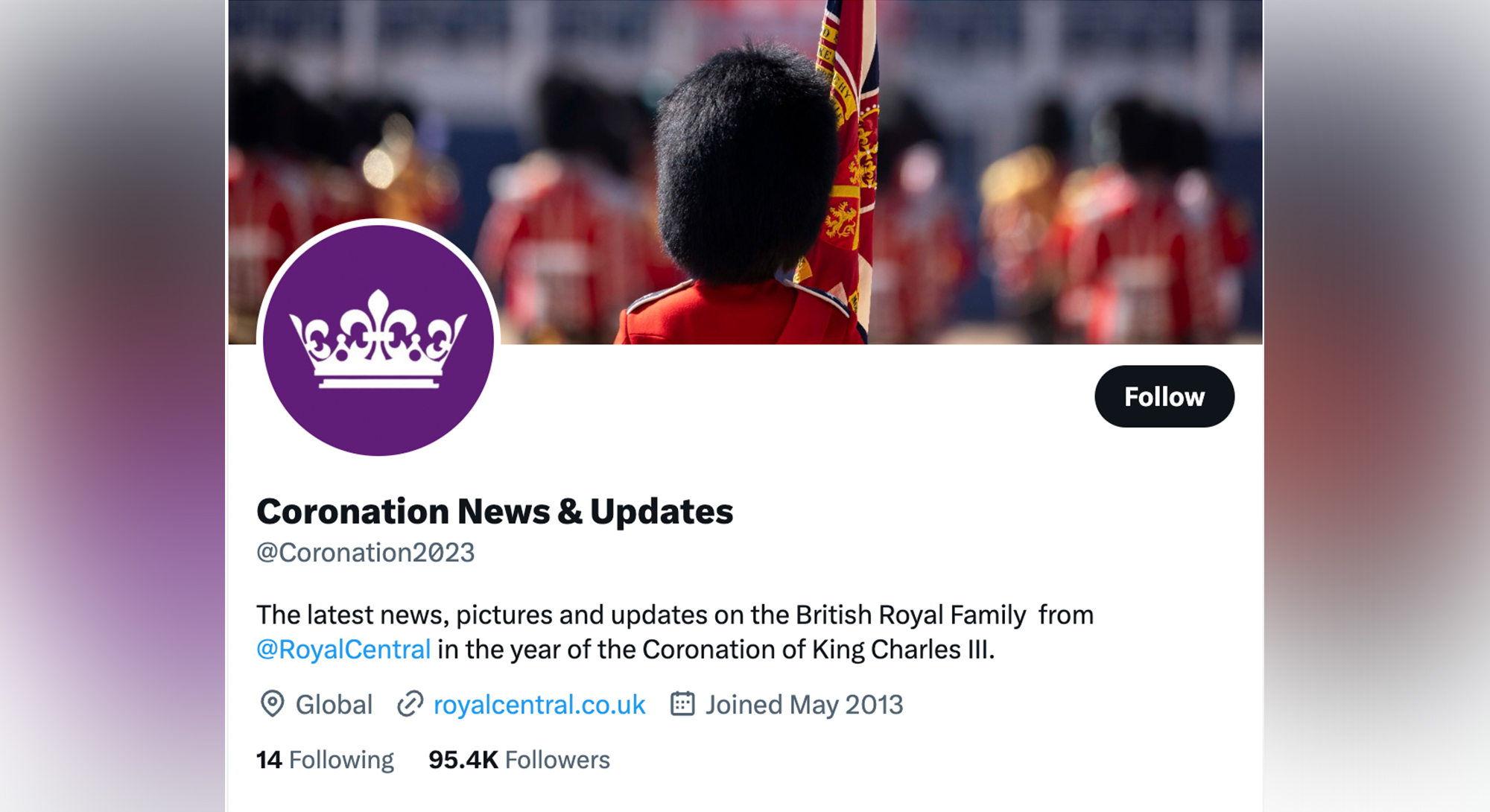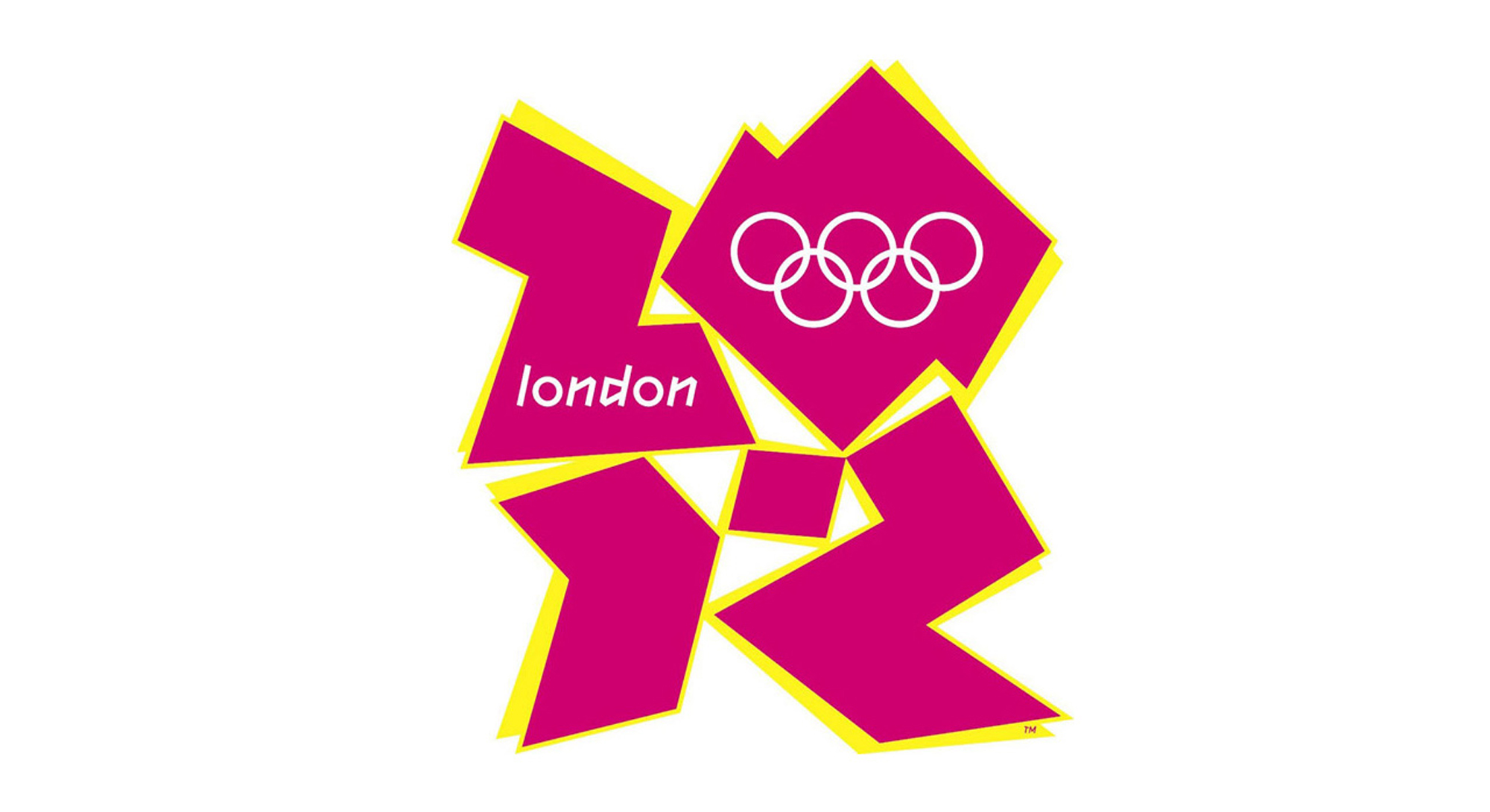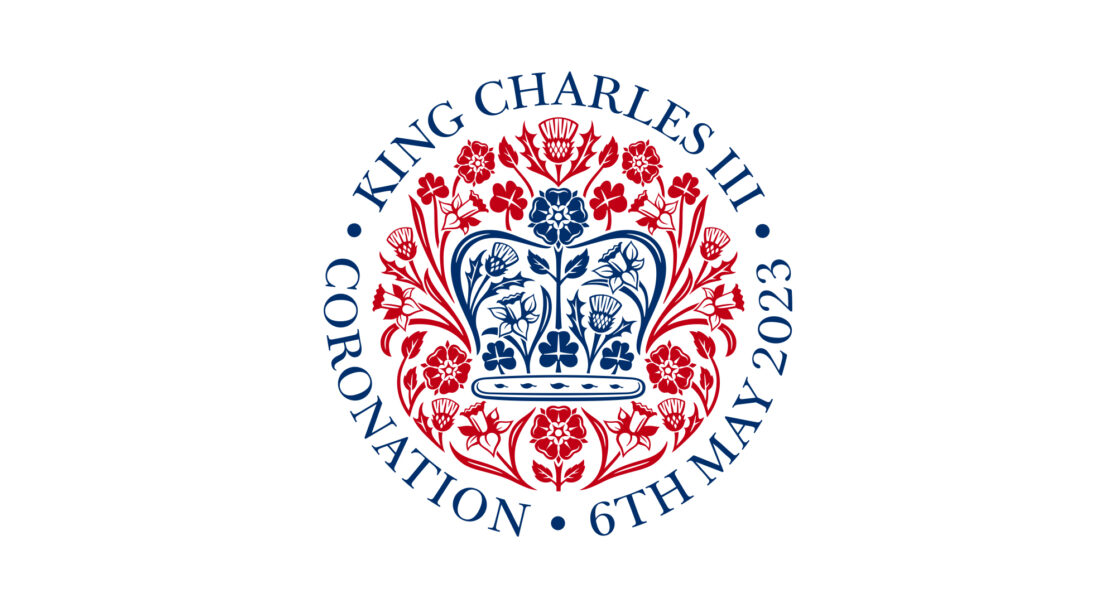Assessing the quality of creative proposals should have little to do what you, or anyone else, happen to like the look of. So what if it doesn’t look nice? It’s what the work must do – the actions, reactions, emotions and impressions that it must generate – that matters. Utility is king.
Too often, when a famous organisation or product is rebranded, public and professionals alike enjoy ganging-up to knock it: ‘Shouldn’t have cost more than fifty quid’, ’My four year old could’ve done better’ etc, etc. This is almost always based entirely on personal reactions to what the new design looks like, with little or no understanding of its objectives. This year’s design for a real king, the royal coronation logo, was an exception. It prompted almost no public reaction. Why? Because it looks nice. Unremarkable, perhaps, but just what was expected. Formal, traditional, attractively symmetrical. It is charming; beautiful, even. What was it designed to do?
The coronation logo’s purpose is ceremonial. Its function is to convey historical significance, grandeur and tradition. Its audience is institutional, plus lovers of tradition, with a definite skew towards the elderly. Its place is expensive official documents and invitations, and relatively high quality ceremonial items such as cups & saucers, teapots and T shirts.
In all of these respects, the coronation logo does a great job, though only within its narrow range of applications and with little regard to non-traditional considerations, such as accessibility. That’s just as well, because:
- It is visually complex, so it needs reproducing well.
- It relies heavily on the use of colour to be able to see the hero image (a crown), so, even with half-tones, it doesn’t work well in mono, unless large and in high resolution.
- It has curved, all uppercase words, in a circle. This makes them hard to read at a glance and to remember.
- It has no obvious relevance to younger audiences.
- It makes no concessions to those with accessibility issues.
Thus, outside of a near-perfect environment and audience, the coronation logo struggles to resonate, communicate or impress. Indeed, presumably because it’s too complex to use as a social media icon, the official Coronation News & Updates Twitter page, abandons it (see image).

In chalk-and-choke-hold contrast, the London 2012 Olympics logo was massively derided at launch. Lots of would-be designers (and their four year olds) put forward “better” ideas. Many of them looked remarkably like this year’s coronation logo. Traditional. Safe. Nice.
‘Nice’ is not what the London Olympics logo needed to tell you. The brief given to Wolff Olins included requirements that it should reflect the London of the day. That meant youthful, daring, accessible and noticeable in the extreme.

The logo also had to be instantly recognisable in the most difficult environments, from low res mono mobile phone screens to the cheapest print jobs. Dissonance was a major part of the plan. Jarring shape, jarring colours: this logo had to be recognisable at a hundred metres to a colour-blind person in twilight. It had to convey excitement, energy and verve. It did.
Landing with a loud, massively attention-grabbing bang, the London 2012 Olympics logo did what it was meant to do. It still ain’t pretty. It was never meant to be. But it did the job then and still leaps off the page today. The coronation logo? It’s nice. But it couldn’t leap to save a lord.
Key elements of a creative brief which sets up objectives, by which to judge the outcome.
Relevant to projects involving new brands, rebrands and brand development.
1. Background and Context
The creative brief should provide a clear understanding of the brand’s history, its current positioning, market conditions, target audience, and any relevant background information that sets the context for the creative work.
2. Objectives and Goals
Clearly articulate the objectives and goals of the creative project. This may include increasing brand awareness, driving sales, launching a new product, or repositioning the brand, among other things. It’s important to outline the desired outcomes and what success looks like.
3. Target Audience
Describe the target audience or customer persona in detail. This includes demographic information, psychographic insights, their needs, desires, preferences, and any relevant behaviour patterns. Understanding the target audience is crucial for crafting effective messaging and visual elements.
4. Key Message and Value Proposition
Clearly define the brand’s key message and unique value proposition. This communicates the core essence of the brand, its differentiators, and the value it offers to customers. It should be concise, memorable, and aligned with the brand strategy.
5. Brand Personality and Tone of Voice
Specify the brand’s personality traits and the desired tone of voice. This helps guide the creative team in developing content that resonates with the brand’s character, whether it’s playful, authoritative, sophisticated, or any other defined attributes.
6. Creative Guidelines
Provide any existing brand guidelines, including visual identity elements such as logo, colour palette, typography, and imagery guidelines.
7. Deliverables and Specifications
Clearly outline the deliverables required for the project, such as specific marketing materials, digital assets, or brand touchpoints. Include any technical specifications, file formats, sizes, and platforms to ensure the creative work is aligned with the intended channels and mediums.
8. Timeline and Budget
Provide a realistic timeline for the project, including key milestones and deadlines. It’s also essential to establish a clear understanding of the available budget, including any limitations or constraints.
The creative brief serves as a guide for the creative team, ensuring they have a clear understanding of the brand, its objectives and the required direction of their work.

